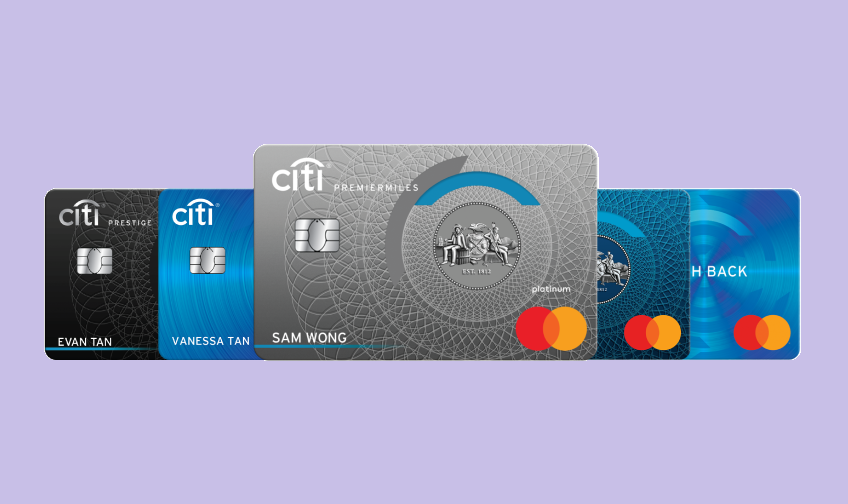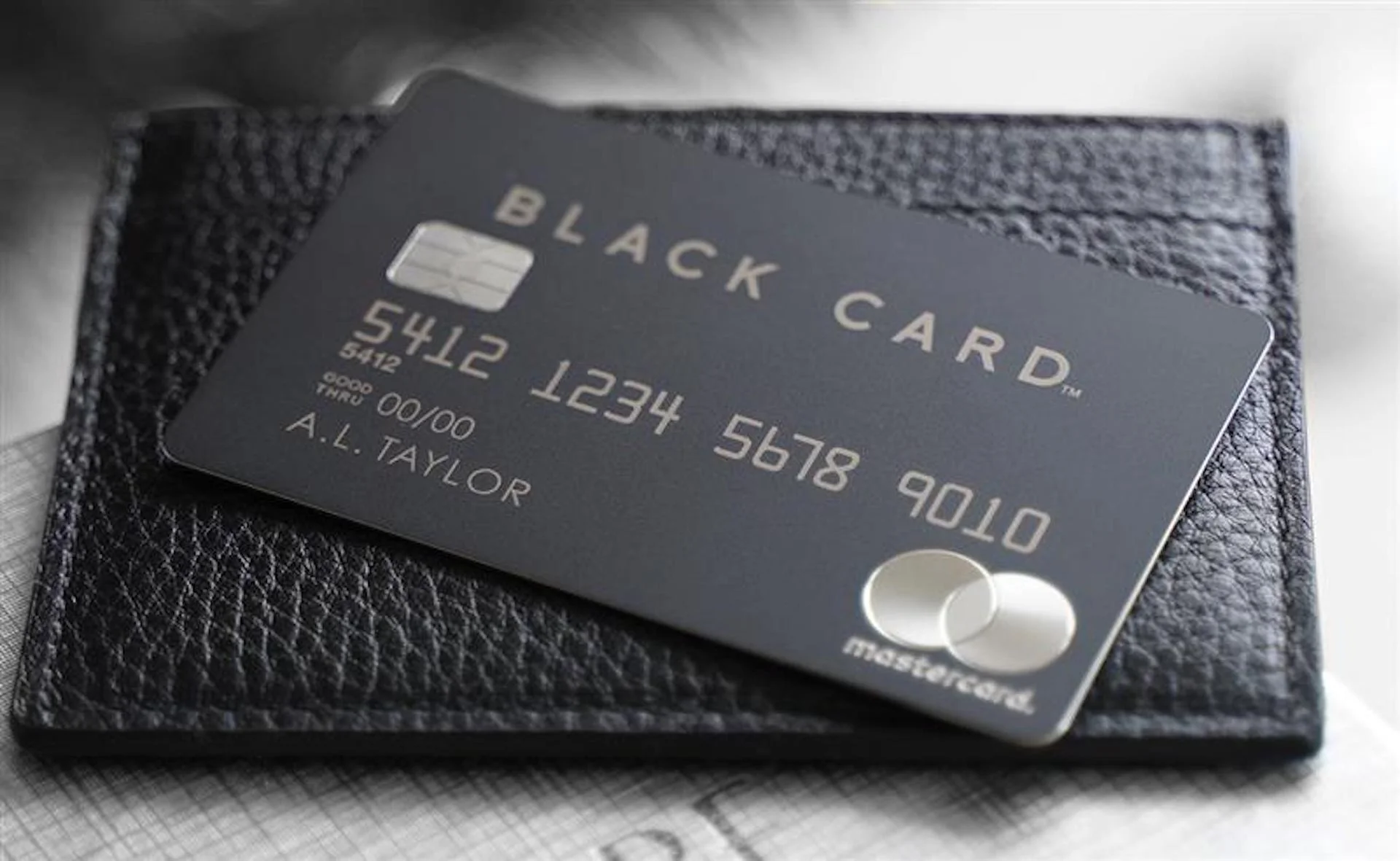Credit Cards and Security: How to Protect Your Financial Information in a Digital World

Understanding the Risks
As we continue to transition deeper into a digital economy, it’s important to recognize the increasing volume of sensitive information shared online. Each transaction, whether a simple coffee purchase or a major bill payment, is a window into your financial habits and personal data. Unfortunately, this opens the door to a plethora of vulnerabilities that cybercriminals exploit.
For instance, the **Federal Trade Commission** (FTC) revealing over 1.4 million cases of identity theft in 2022 signifies a severe threat to consumers. The fact that nearly **38%** of these cases involved credit card fraud highlights just how pervasive this form of theft has become. It is vital for individuals to stay vigilant and proactive when it comes to protecting their financial data, especially as research from **Cybersecurity Ventures** projects that cybercrime costs will soar to an astounding **$10.5 trillion** annually by **2025**. This rapid escalation in cybercriminal activity should rally consumers to reconsider their digital habits, particularly concerning credit card usage.
Essential Security Practices
To safeguard your finances, implementing robust security measures is non-negotiable. Here are several essential practices:
- Monitor your accounts: Regularly checking bank statements and transaction history can help you quickly identify unauthorized charges. Many banks offer mobile banking apps for easy access to your account activity, making it simple to verify transactions on the go.
- Use strong passwords: A weak password can be a golden ticket for hackers. To enhance security, create complex passwords that incorporate letters, numbers, and symbols. Additionally, consider using a password manager to help generate and store unique passwords for different accounts.
- Enable alerts: Registration for transaction alerts can provide immediate notifications when your card is used. These alerts often allow you to respond quickly to suspicious activity, potentially mitigating losses before they escalate.
Further Precautions
Beyond these initial strategies, you should also consider adopting some advanced security tools. For example, many credit cards now feature **chip technology**, which provides an additional layer of security against counterfeit card fraud. Furthermore, enabling two-factor authentication (2FA) on sensitive accounts can drastically improve security by requiring a second form of verification, often sent to your mobile device.
To further bolster your defenses, consider subscribing to a credit monitoring service. These services track your credit report for unusual activity and can alert you to changes before they become significant issues. This proactive approach can safeguard your credit rating and provide invaluable peace of mind.
By employing these strategies and remaining informed, you can not only enjoy the conveniences of credit card transactions but also protect your pocketbook from the threats lurking in the shadows of the digital landscape. Enhancing your financial security is an ongoing process, and being informed is your first line of defense.
DIVE DEEPER: Click here to learn more
Essential Security Practices
To safeguard your finances, implementing robust security measures is non-negotiable. Here are several essential practices that every credit card user should adopt:
- Monitor your accounts: Regularly checking bank statements and transaction history can help you quickly identify unauthorized charges. Many banks offer mobile banking apps for easy access to your account activity, making it simple to verify transactions on the go. According to a report from the Consumer Financial Protection Bureau (CFPB), consumers who actively track their account activity are less likely to fall victim to fraud.
- Use strong passwords: A weak password can be a golden ticket for hackers. To enhance security, create complex passwords that incorporate letters, numbers, and symbols. The National Institute of Standards and Technology (NIST) recommends changing passwords every few months and avoiding easily guessed information like birthdays or names. Moreover, consider using a password manager to help generate and store unique passwords for different accounts.
- Enable alerts: Registration for transaction alerts can provide immediate notifications when your card is used. Many credit card companies offer customizable alert settings, allowing you to receive notifications for specific amounts or charges. These alerts often allow you to respond quickly to suspicious activity, potentially mitigating losses before they escalate.
Further Precautions
Beyond these initial strategies, you should also consider adopting some advanced security tools. For example, many credit cards now feature chip technology, which provides an additional layer of security against counterfeit card fraud. This technology encrypts your data during a transaction, making it significantly harder for thieves to steal your card information.
Furthermore, enabling two-factor authentication (2FA) on sensitive accounts can drastically improve security by requiring a second form of verification, often sent to your mobile device. This added step is an effective barrier against unauthorized access, significantly reducing the chances of identity theft.
To further bolster your defenses, consider subscribing to a credit monitoring service. These services track your credit report for unusual activity and can alert you to changes before they become significant issues. According to the Federal Trade Commission (FTC), monitoring your credit can help you catch identity theft early, offering you invaluable peace of mind.
By employing these strategies and remaining informed, you can not only enjoy the conveniences of credit card transactions but also protect your pocketbook from the threats lurking in the shadows of the digital landscape. Enhancing your financial security is an ongoing process, and being proactive is your first line of defense.
DISCOVER MORE: Click here for details on applying
Emerging Technologies in Credit Card Security
As the methods used by fraudsters grow increasingly sophisticated, so too do the technologies designed to combat them. Staying informed about these innovations is essential for anyone looking to enhance their financial security in the digital realm.
One technological advancement gaining momentum is the use of biometric authentication. This method utilizes unique personal characteristics—such as fingerprints, facial recognition, or voice patterns—to verify identity. By adopting biometric security, credit card companies and consumers can significantly reduce the risk of fraud. For example, many new smartphones have integrated biometric capabilities that allow users to authorize payments quickly and securely, ensuring that only the legitimate cardholder can initiate transactions.
Additionally, the rise of virtual credit cards provides an extra layer of security while shopping online. A virtual credit card generates a unique card number for each transaction, ensuring that your actual credit card information remains concealed. This is particularly beneficial for users who frequently shop with e-commerce platforms or subscription services, as the risks of data breaches are heightened in online environments. As reported by the Pew Research Center, nearly 80% of Americans have made a purchase online, making tools like virtual credit cards increasingly valuable.
Understanding Payment Tokenization
Another crucial security feature to be aware of is payment tokenization. This technology replaces sensitive credit card details with a unique identifier or “token” when transacting online. In this way, even if a hacker gains access to transaction data, they are unable to extract useful credit card information. Tokenization is being widely adopted by leading payment processors like PayPal and Apple Pay, enhancing the safety of digital transactions and building confidence among consumers.
The Rise of Contactless Payments
Contactless payment technology is also reshaping the landscape of credit card security. Utilizing Near Field Communication (NFC), these cards enable users to pay by simply tapping their card on a compatible terminal. This form of payment minimizes physical contact and the risk of card skimming, which occurs when malicious devices capture card information during swiping. As highlighted by the Smart Card Alliance, the overall growth of contactless payments has surged in recent years, especially during the COVID-19 pandemic, as consumers seek safer transaction methods.
Moreover, it’s critical to maintain up-to-date software on your devices to protect against vulnerabilities. Regular updates for operating systems and applications often include essential security patches that defend against emerging threats. According to the Cybersecurity & Infrastructure Security Agency (CISA), outdated software is a key target for hackers, making timely updates imperative for safeguarding your financial data.
By embracing these emerging technologies and remaining proactive in your security practices, you can stay one step ahead of potential threats. Continuous vigilance is key; the digital landscape is ever-evolving, and so are the tactics employed by fraudsters. This proactive approach not only empowers individuals but also protects their hard-earned finances from harm.
DISCOVER MORE: Click here for an in-depth analysis
Conclusion
In conclusion, as our reliance on credit cards and digital transactions continues to grow, taking the necessary steps to safeguard financial information is paramount. The emerging technologies discussed, such as biometric authentication, virtual credit cards, payment tokenization, and contactless payments, not only fortify security but also offer consumers convenience in managing their finances. By integrating these advanced security measures into everyday transactions, both businesses and consumers can foster a safer digital shopping experience.
However, technology alone cannot ensure complete protection. It is crucial to combine these innovations with proactive practices—such as routinely monitoring account statements, utilizing strong passwords, and keeping software updates current. According to the Federal Trade Commission, consumers must stay vigilant, as a significant portion of identity theft cases are linked to a lack of awareness regarding security practices. Understanding and leveraging available tools is an ongoing journey, reinforcing the idea that security in a digital world requires diligence.
As you navigate the myriad payment options and platforms available today, consider how adopting these strategies can enhance your financial security. By educating yourself and making informed choices, you can not only protect your assets but also empower yourself in an ever-evolving digital landscape. Take the time to explore resources and remain up-to-date with the latest advancements in credit card security, ensuring your financial well-being is safeguarded for the future.


